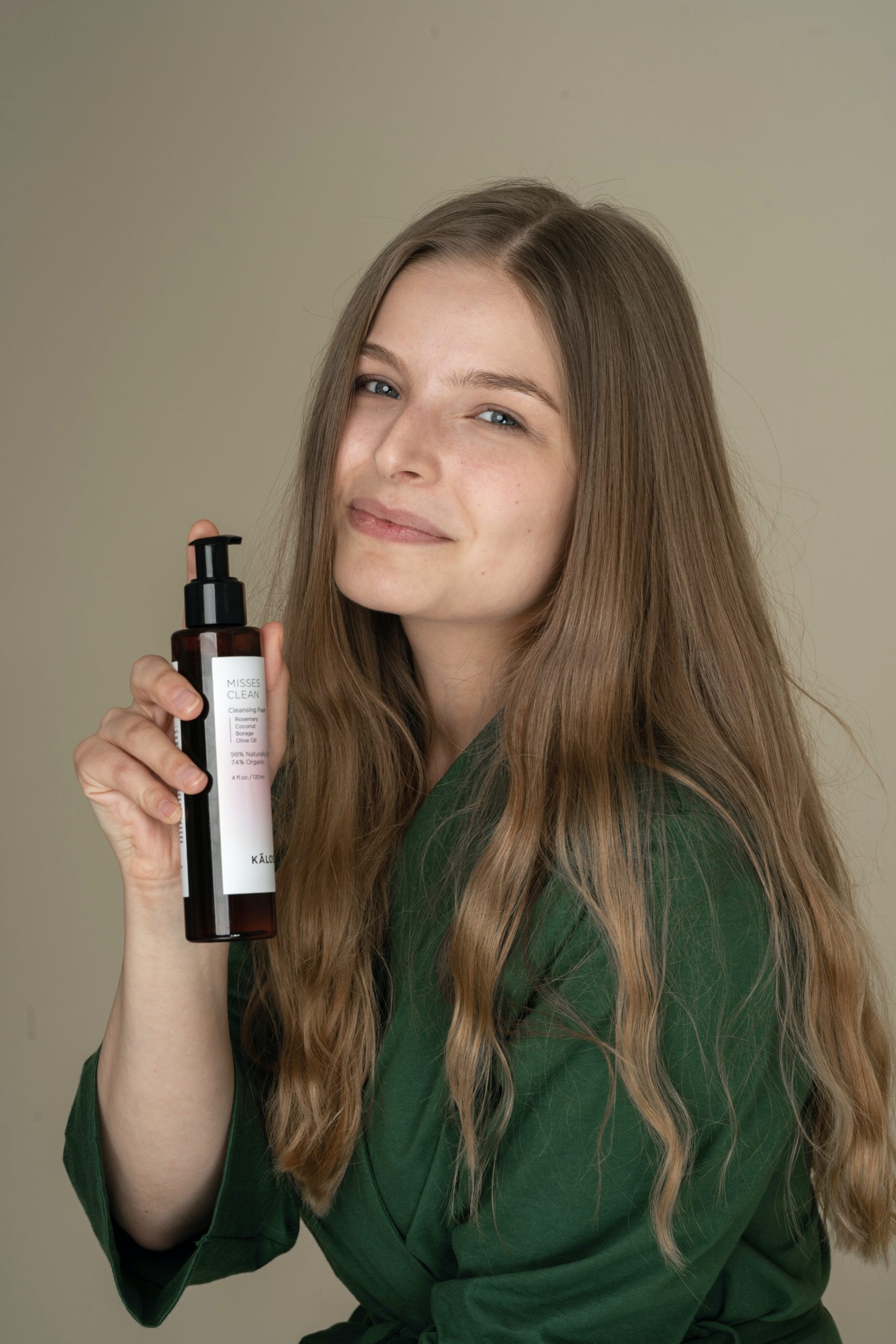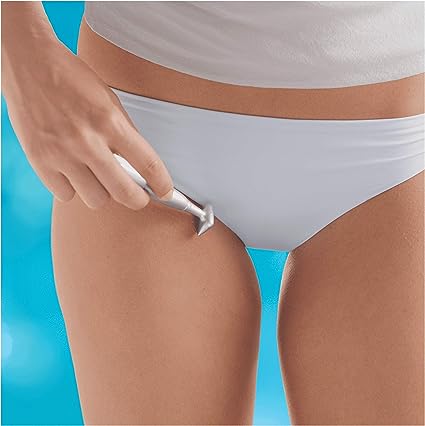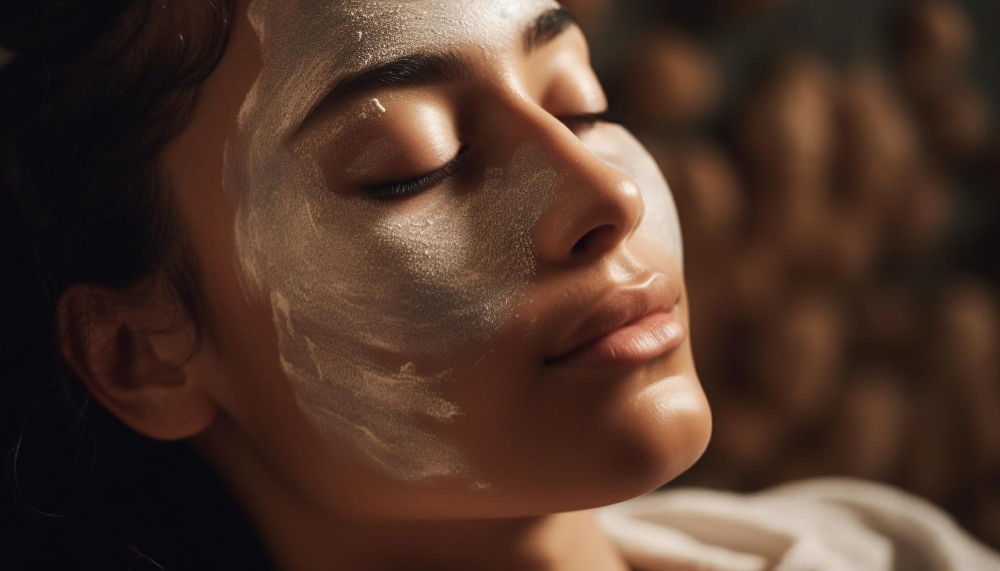In the realm of beauty and self-expression, a fresh manicure is often seen as the epitome of style and confidence. From vibrant colors to intricate designs, a well-done manicure can elevate our appearance and boost our self-esteem. However, many individuals have experienced the frustration of a manicure that quickly loses its luster. Today, we delve into the reasons behind these nail disasters and explore why some manicures fail to stand the test of time.
One of the main culprits behind short-lived manicures is improper nail preparation. Before applying polish, it’s crucial to properly clean and dry the nails to ensure maximum adhesion. Failing to remove oils, lotions, or remnants of old polish can create a barrier between the nail and the new polish, leading to chipping and peeling. Additionally, rough nail surfaces or ridges can cause polish to chip more easily. Regular filing, buffing, and using a nail primer can help create a smooth base for the polish, enhancing its longevity.
The type of nail polish and its quality also play a significant role in the durability of a manicure. Not all polishes are created equal, and some formulas simply do not have the staying power needed for long-lasting wear. Cheaper polishes may contain lower-quality ingredients that are more prone to chipping and fading. Opting for high-quality brands known for their durability and longevity can make a noticeable difference in the lifespan of your manicure.
Another factor to consider is our daily activities and lifestyle choices. Certain tasks and habits can put our manicures at risk. Household chores, typing on keyboards, and even using our nails as tools can cause polish to chip or peel. Exposure to water, such as frequent handwashing or swimming, can also weaken the polish and contribute to its premature deterioration. It’s important to be mindful of these activities and take extra precautions to protect our manicures when engaging in them.
Applying the right base and top coat can make a significant difference in the longevity of your manicure. A base coat not only helps the polish adhere better to the nails but also acts as a protective barrier, preventing staining and chipping. Similarly, a quality top coat adds an extra layer of protection, sealing in the color and providing a glossy finish. Investing in these essential products can greatly enhance the lifespan of your manicure.
Furthermore, the way we apply and remove polish can also impact its longevity. Applying thin, even coats of polish allows for better drying and reduces the chances of smudging or chipping. When removing polish, using an acetone-based remover and gently swiping the nails in one direction can minimize damage to the nail bed. Harsh scrubbing or scraping can weaken the nails and make them more susceptible to chipping.
As with any beauty routine, staying informed and being a savvy consumer is crucial. Researching different brands, reading reviews, and seeking recommendations from trusted sources can help you choose polishes known for their longevity. Additionally, exploring alternative options such as gel polishes or dip powders, which offer extended wear, may be worth considering for those seeking a longer-lasting manicure.
In conclusion, understanding the factors that contribute to nail disasters is essential for maintaining a long-lasting manicure. Proper nail preparation, choosing high-quality polishes, protecting the nails during daily activities, and using the right base and top coats are all key elements to consider. By implementing these strategies and being mindful of how we care for our nails, we can extend the life of our manicures and enjoy their beauty for days on end.










